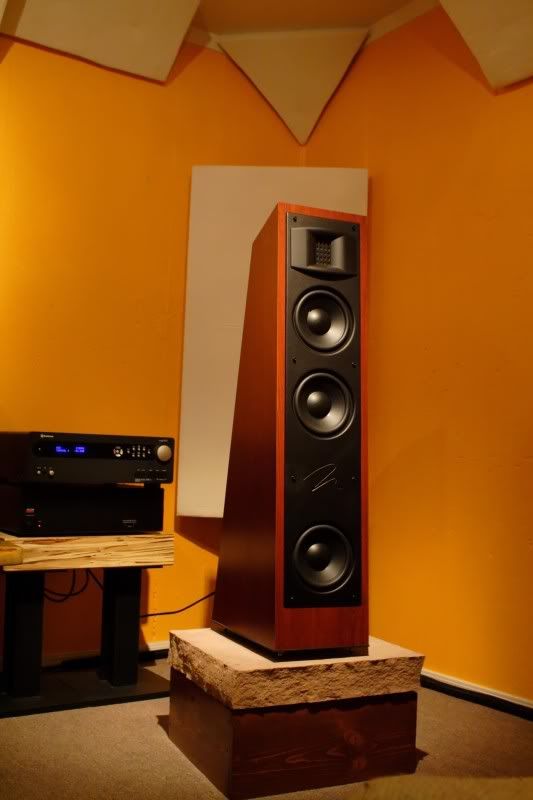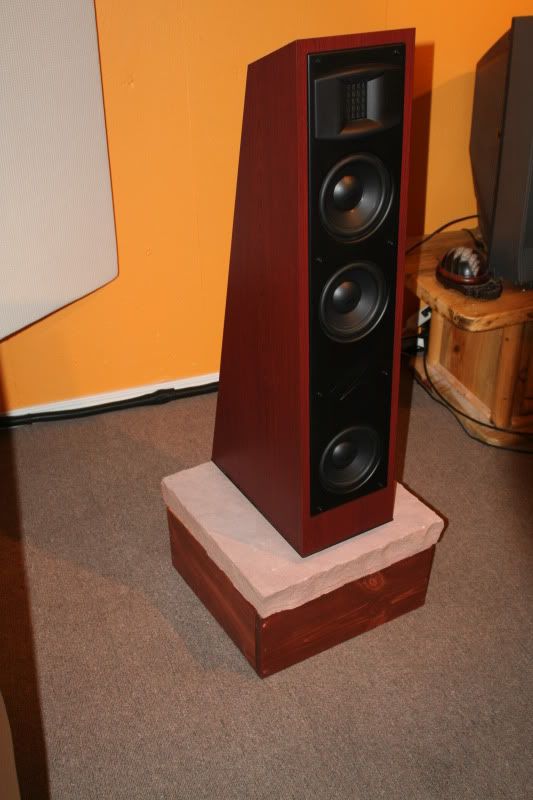Near-field listening can be a revelation provided you have properly handled those very early reflections.
IMO - Don
Not sure I understand. Near-field is a methodology for handling those very early reflections. Not that some treatment isn't still called for, but by putting the monitors so close to the listening position, early reflections are effectively masked. Overwhelmed might be a better term. I know I have to be running my near-field system awfully loudly before reflections become much of an audible issue, and my room treatments are...informal, to put it kindly. I've never quite understood the "dry" criticism, but maybe I'm getting enough reflection to mitigate that problem.
The biggest problem with near-field listening is the tiny sweet spot. When you're listening that close, toed-in, merely leaning to reach for a pen on one side of your desk can shift the imaging dramatically!
P




